Frequently asked questions
Company News
- Aluminum alloy air conditioning cover: cool in summer, the new favorite of home decor
- Aluminum curtain wall: the fashionable coat of modern architecture
- Aluminum curtain wall: the fashionable coat of modern architecture
- Aluminum curtain wall: the fashionable coat of modern architecture
- Aluminum curtain wall, the new favorite of modern architecture
Industry dynamics
- Aluminum alloy air conditioning cover: the secret weapon for summer coolness
- Aluminum alloy air conditioning cover: Guardian of summer coolness
- Aluminum veneer customization, creating a new trend of personalized space
- Aluminum Curtain Wall: The 'Gorgeous Coat' of Modern Architecture
- Aluminum curtain wall: the fashionable coat of modern architecture
Frequently asked questions
- What are the different types of aluminum veneer production processes and their respective characteristics?
- What is the environmental performance of aluminum veneer? Does it meet the requirements of current sustainable development?
- What is the production process of aluminum veneer?
- How to identify and select high-quality aluminum veneer?
- What is the current supply and demand situation in the aluminum veneer market?
contact us
Mobile:+86 15627778610
Email: 2201229786
Address: No. 5 Binjiang Road, High tech Zone, Zhaoqing City, Guangdong Province
What is the environmental performance of aluminum veneer? Does it meet the requirements of current sustainable development?
- Author: Jinba Aluminum Industry (Guangdong) Co., Ltd
- Release time: March 18, 2025 06:28:31
- Click:0

What is the environmental performance of aluminum veneer? Does it meet the requirements of current sustainable development?
Abstract: This article will focus on the environmental performance of aluminum veneer and whether it meets the requirements of current sustainable development. By analyzing the performance of aluminum veneer in resource utilization, energy consumption, pollution generation, and recycling, conclusions can be drawn.
1、 Resource utilization
1. The renewability of aluminum materials. The aluminum material used in aluminum veneer is a renewable resource because aluminum can be infinitely recycled without losing its physical and chemical properties. This means that the manufacturing of aluminum veneer does not cause excessive loss of limited resources.
2. Save the use of materials. Compared to traditional building materials, aluminum veneer has a higher material utilization rate in the manufacturing process. Due to the lightweight nature of aluminum veneer, it can achieve the same function with fewer materials, reducing resource waste.
3. Sustainable procurement and supply chain management. Modern enterprises have increasingly high requirements for sustainable development, and aluminum veneer manufacturers are actively seeking sustainable procurement of resources and strengthening supply chain management to ensure that material sources meet environmental and social sustainability standards.
2、 Energy consumption
1. Energy consumption control in the manufacturing process. In the manufacturing process of aluminum veneer, enterprises pay attention to controlling energy consumption and adopt efficient and energy-saving production equipment and technology to reduce energy demand. This helps to reduce environmental load and improve production efficiency.
2. The reduction of transportation energy costs. The lightweight nature of aluminum veneer significantly reduces transportation costs, as the same amount of aluminum veneer requires less fuel and energy than other building materials. This helps to reduce energy consumption throughout the entire supply chain.
3. The energy-saving effect during the product usage phase. Aluminum veneer has a good energy-saving effect during use. Its excellent thermal insulation performance can effectively reduce building energy consumption, lower the load of indoor air conditioning and heating, and thus reduce carbon emissions.
3、 Pollution generation
1. Non volatile harmful substances. The manufacturing process of aluminum veneer does not use toxic volatile substances, so it will not cause direct pollution to the environment and human health. In contrast, some traditional building materials may contain volatile harmful substances that have a certain impact on indoor air quality.
2. Control of wastewater and exhaust emissions. Aluminum veneer manufacturing enterprises usually adopt advanced wastewater and exhaust gas treatment technologies to reduce environmental pollution. By effectively controlling the concentration and quantity of emissions, the impact of the production process on the surrounding environment is minimized.
3. The advocacy and practice of circular economy. In the manufacturing and use of aluminum veneer, more and more enterprises are advocating the concept of circular economy, promoting the maximization of resource utilization and recycling. By recycling waste aluminum veneer, not only does it reduce the accumulation of waste, but it also provides opportunities for reuse.
4、 Recycling and Utilization
1. Recyclability and reusability. Aluminum veneer has excellent recyclability and reusability. Abandoned aluminum veneer can be recycled and reprocessed into new products, avoiding resource waste and reducing environmental pollution.
2. The convenience of building demolition and renovation. The lightweight nature of aluminum veneer makes building demolition and renovation more convenient, reducing damage and waste to other materials. For sustainable development, this is an important advantage.
3. Promoting the development of circular economy system. The application of aluminum veneer as a recyclable material has promoted the development of a circular economy system, facilitated the recycling of resources, and implemented the concept of sustainable development. At the same time, the recycling of aluminum veneer also provides new business opportunities for related industries.
5、 Summary
In summary, aluminum veneer has good environmental performance in resource utilization, energy consumption, pollution generation, and recycling, and meets the requirements of current sustainable development. Although there is still room for improvement, aluminum veneer, as an environmentally friendly building material, has made a positive contribution to sustainable development.

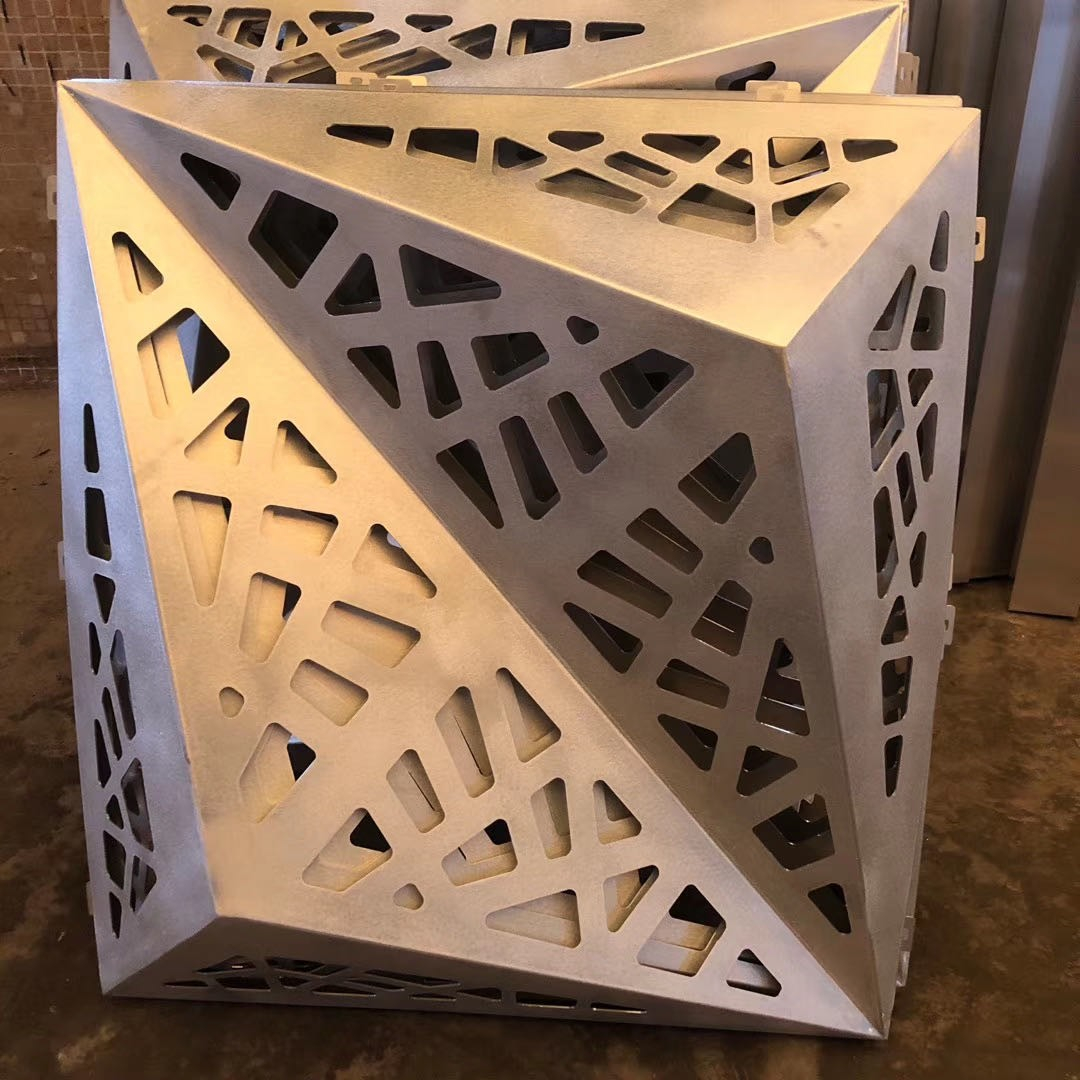
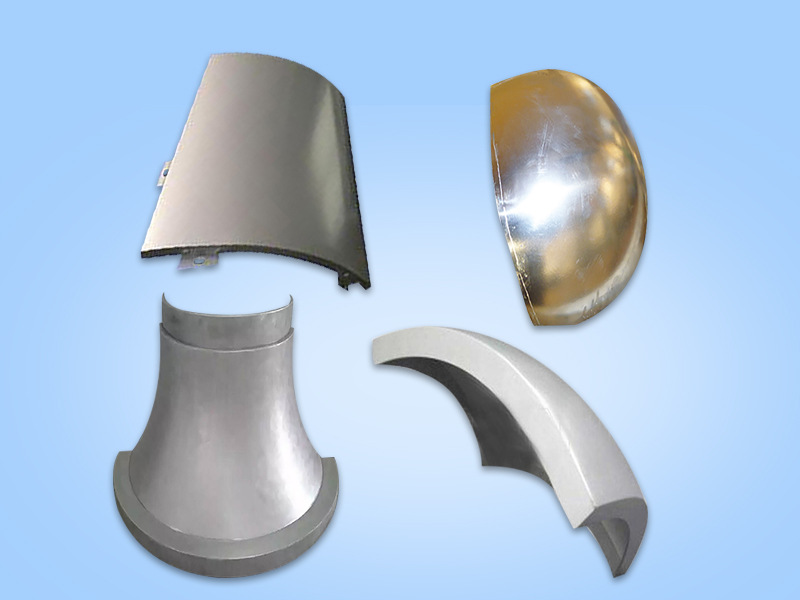
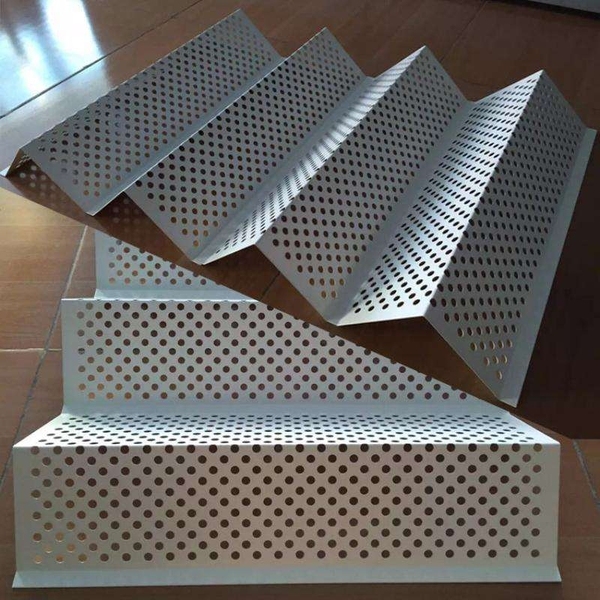
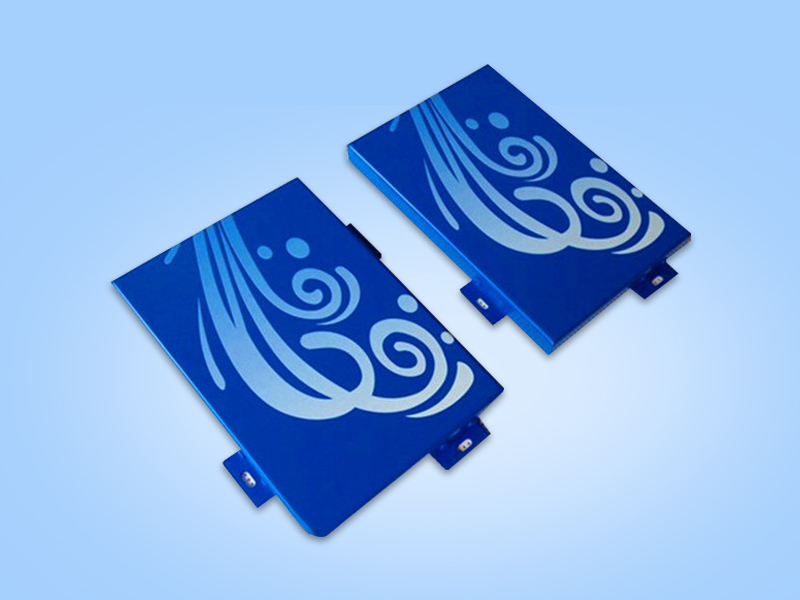
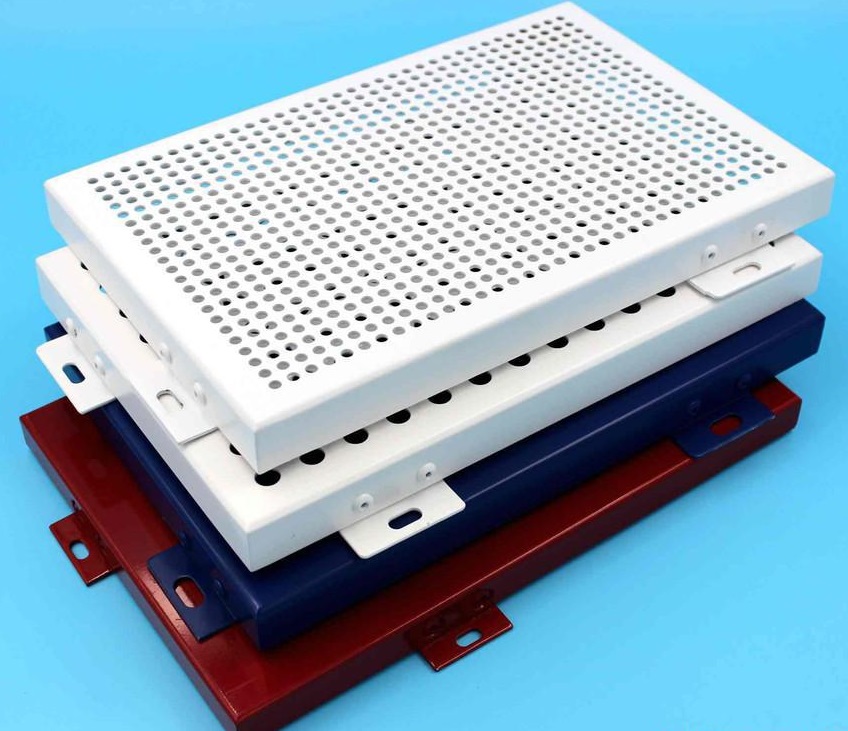
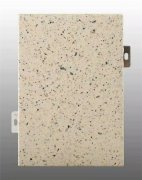
 Customer service QQ
Customer service QQ